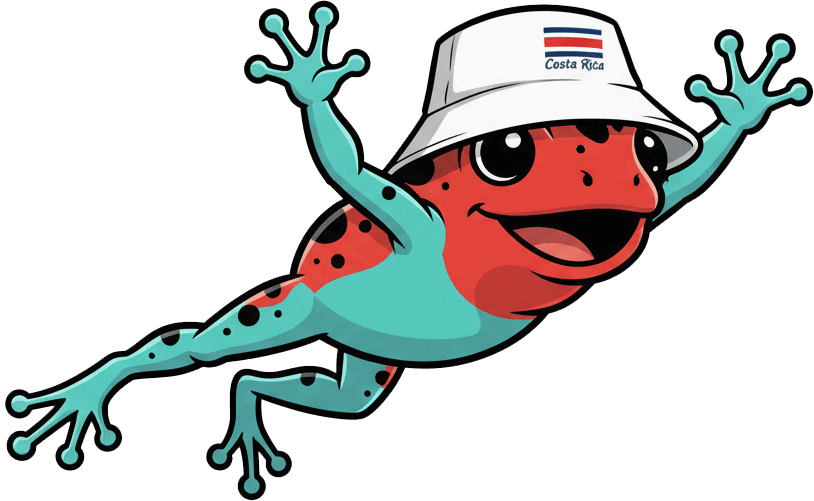Welcome to this comprehensive guide by eXplore CR, where we delve into the intricacies of Costa Rica’s democratic system. In this article, we aim to provide an in-depth understanding of the political landscape of this Central American nation, known for its robust democracy, political stability, and commitment to human rights. So, let’s dive right in!
1. The Roots of Democracy in Costa Rica
Costa Rica’s democratic journey is a fascinating tale of resilience and determination. The country’s democratic roots can be traced back to the mid-19th century, following its independence from Spain. The nation’s commitment to democracy was further solidified in the aftermath of the 1948 civil war, which led to the abolition of the military and the establishment of a new constitution.
For instance, the Museum of Costa Rican Art in San José houses a mural depicting the events of 1948, symbolizing the country’s transition to a peaceful democracy.
2. The Structure of Costa Rica’s Government
Costa Rica operates under a democratic republic system, with three separate branches of government: the Executive, the Legislative, and the Judiciary. The President, who is both the head of state and government, is elected every four years and cannot serve consecutive terms.
The Legislative Assembly, composed of 57 deputies, holds the power to make laws, while the Judiciary, headed by the Supreme Court, interprets these laws. This separation of powers ensures a system of checks and balances, preventing any single branch from gaining too much power.
3. The Role of Citizens in Costa Rica’s Democracy
In Costa Rica’s democratic system, citizens play a crucial role. The right to vote is universal for all Costa Ricans aged 18 and over. Elections are held regularly, and voter turnout is typically high, reflecting the population’s active participation in the democratic process.
Moreover, Costa Rica’s democracy encourages civic participation beyond voting. Citizens are involved in local governance, community organizations, and public protests, demonstrating a vibrant civil society.
4. Challenges and Triumphs of Costa Rica’s Democracy
Like any democracy, Costa Rica’s system is not without its challenges. Issues such as corruption, economic inequality, and environmental concerns often take center stage in political debates. However, despite these challenges, Costa Rica has achieved notable successes, including peaceful transitions of power, strong institutions, and a high level of human development.
For more insights, you can check out the World Bank’s report on Costa Rica’s democratic and economic progress.
FAQ Section
Q1: When did Costa Rica become a democracy? A: Costa Rica became a democracy in 1949, following a civil war. The new constitution established a democratic system and abolished the military.
Q2: Who can vote in Costa Rica? A: All Costa Rican citizens aged 18 and over have the right to vote.
Q3: How often are elections held in Costa Rica? A: Presidential elections are held every four years. Legislative Assembly elections also occur every four years.
Q4: What are some challenges facing Costa Rica’s democracy? A: Some challenges include corruption, economic inequality, and environmental concerns.
Q5: What are some successes of Costa Rica’s democracy? A: Successes include peaceful transitions of power, strong democratic institutions, and a high level of human development.
In conclusion, Costa Rica’s democratic system is a testament to the nation’s commitment to political stability, human rights, and civic participation. Despite facing challenges, the country continues to uphold its democratic values, serving as a beacon of democracy in the region. Through this guide by Gigonway, we hope you’ve gained a deeper understanding of the intricacies of Costa Rica’s democratic system.
Sources:


